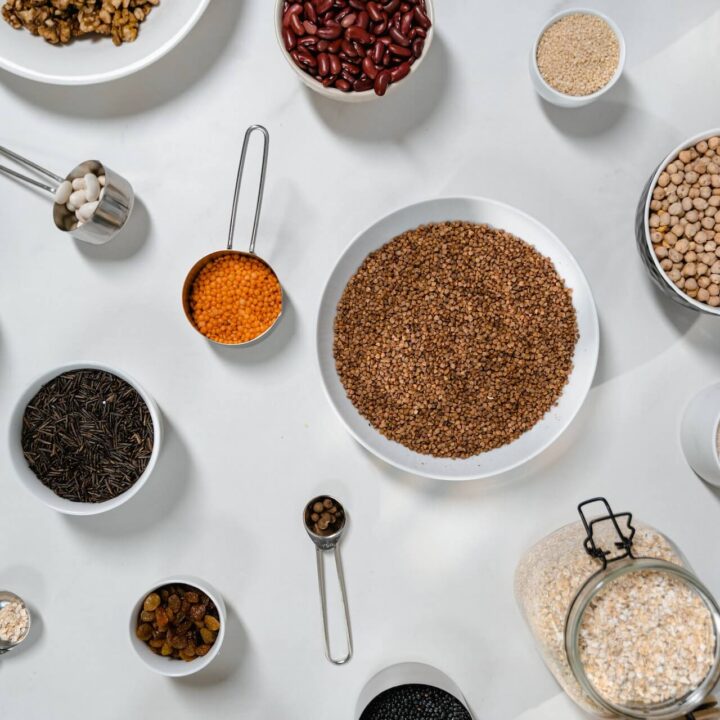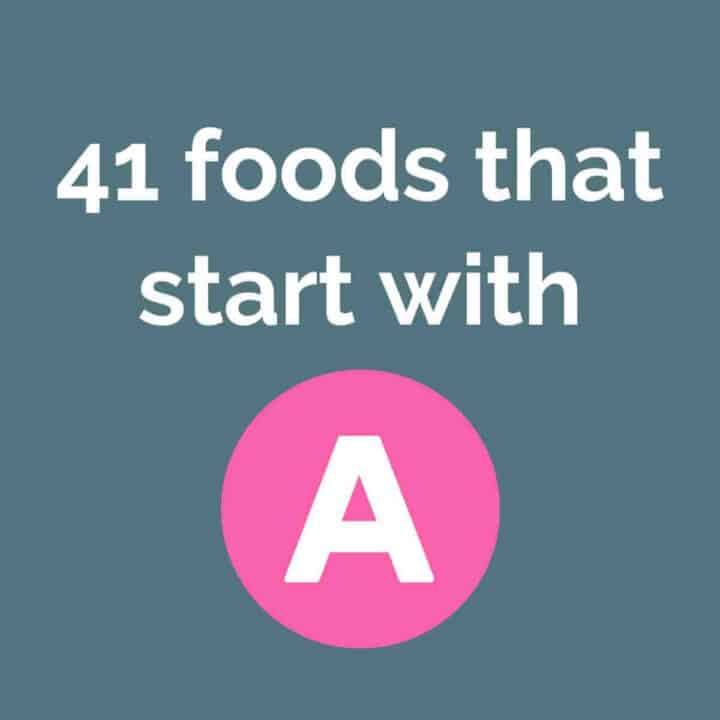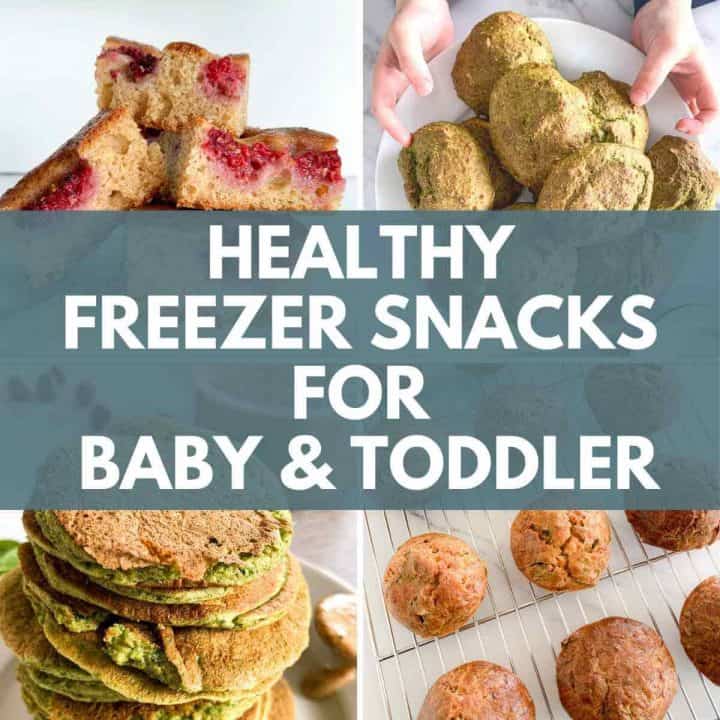
Starting solids is a pretty stressful time for all of us. Ignoring the nutritional side for a moment, how are they supposed to know how to chew and swallow solid food? Since birth, for months, they have lived on liquids alone, so it's hard to know how will they react to the new experience of proper food. And as a parent, the fear of choking can be real.
For me, it was hard to acknowledge that chewing and swallowing solids is really completely innate (despite how obvious it seems!). My son is now in his 4th week of solids and I'm still sticking to purees. You'd think that would stop me worrying but I'm still imagining him choking with every bite!
For example a few days ago I mashed up some banana and avocado. It wasn't a smooth puree and small bits of avocado and banana were still visible. Of course he ate it with no problem but I was still doubtful and stressed about it at first.
So I made a decision that this fear of choking needs to stop and that I really need to follow the guidelines and accept what I have learned about baby choking. And knowing that there are a lot of other parents like me out there, I wanted to summarize everything I know in this blog post in the hopes of making mealtimes easier and less stressful for you too.
Minimizing Risks for Babies Under 1 Year
Preparation
- Cut food into pieces no larger than half-inch (or around the size of your pinky nail)
- Take extra care to cut round fruits and vegetables (especially grapes and cherry tomatoes)
- Cook food until soft enough to mash between thumb and finger (or tongue and palate) – foods that dissolve quickly are fine though
- Serve small portions and offer more instead of everything at once
Mealtimes
- Supervise meals – nothing can substitute for you watching your child!
- Eat sitting down (not running, walking, playing, or lying)
- Avoid eating in a car or stroller
Potential Choking Hazards
- Uncut round fruit and vegetables (e.g. large blueberries, cherries, grapes, cherry tomatoes)
- Raw, hard fruit and vegetables (eg. carrots)
- Uncooked dry fruit (e.g. raisins, dried apricots)
- Popcorn (especially unpopped)
- Candy (both hard and gummy)
- Large chunks of nut butter, meat, or cheese
- Whole or coarsely chopped nuts (ground are fine)
- Fishbones
- Crackers with pieces of nuts and seeds
- Snack foods like pretzels and chips
- Chewing gum
Minimizing Choking in Babies Between 1 and 2
After 1 year, babies are generally getting better at eating, likely have a few teeth, have had lots of practice chewing, and have tried plenty of different kinds of food.
Round fruits and vegetables can now be cut into halves rather than quarters, or not at all (depending on their size – grapes especially should still be cut) and most raw vegetables and fruits can be served shredded, thinly sliced or even as long strips for your child to grasp and eat.
Potential Choking Hazards
- Round fruit and vegetables
- Large chunks of meat, cheese, or nut butters
- Large pieces of raw fruit and vegetables
- Whole or coarsely chopped nuts
- Seeds
- Popcorn
- Hard candy
- Chewing gum
Minimizing Choking in Babies Between 2 and 4
By 4 years old, choking on foods has become substantially less likely. You should still use your common sense when serving them food (and as ever, nothing can replace supervising your child while they eat) but by this point you should be able to treat them more similar to yourself.
However, between 2 and 4, hard, crunchy, chewy and sticky foods should still be avoided as well as round foods that can easily get stuck in the throat.
What to do if your Child is Choking
You've taken all the precautions to minimize the chance of your child choking, but that doesn't mean it's impossible. So if the worst happens, it's best to make sure you're prepared!
Firstly it's important to distinguish between gagging and choking. They are not the same thing! Gagging happens when food is only partially obstructing the airways. That means air is still making its way in and you can audibly hear your child coughing, crying and/or breathing.
If your child is gagging, the latest advice from the American Red Cross is not to do anything. Let them clear their own airways. Whacking them on the back will likely only shock them and could result in blocking their airways further. Stay calm and let them clear their throat themselves.
If your child has fully blocked their airways, they will not be able to cough, cry, or breathe at all. In this case, you need to take action. The video below gives a great breakdown of what to do.
Make sure you're ready just in case and look into taking a CPR course if possible as well. Better to know what to do and hopefully you never need to use it!





Comments
No Comments